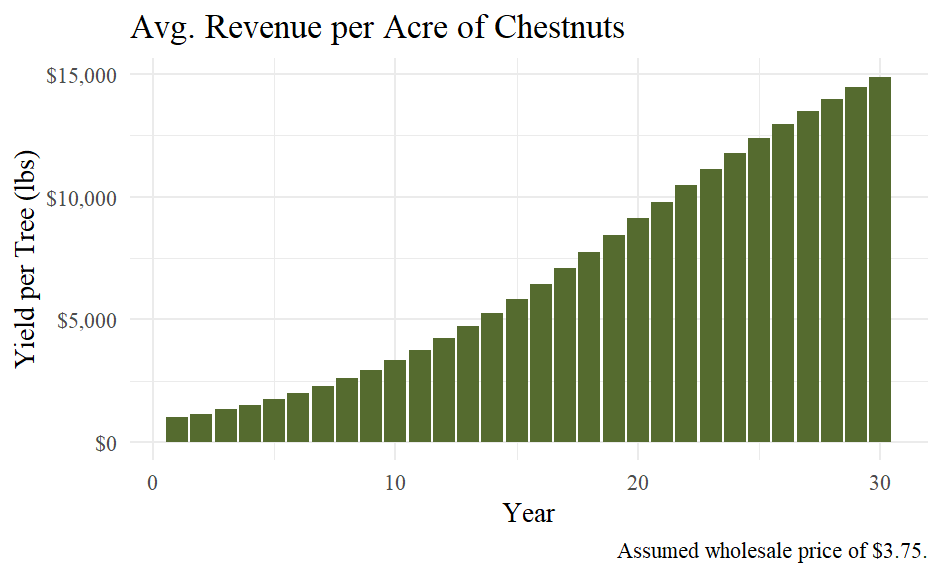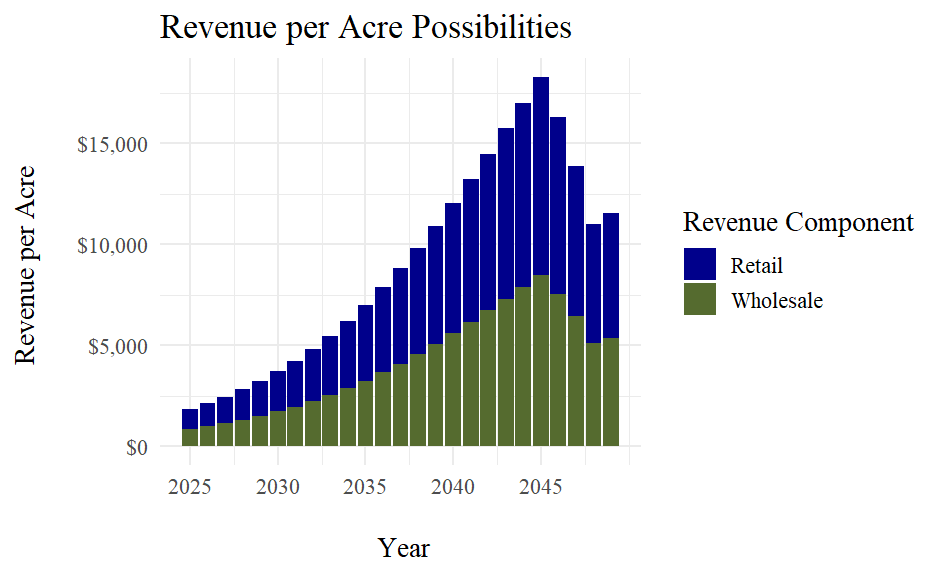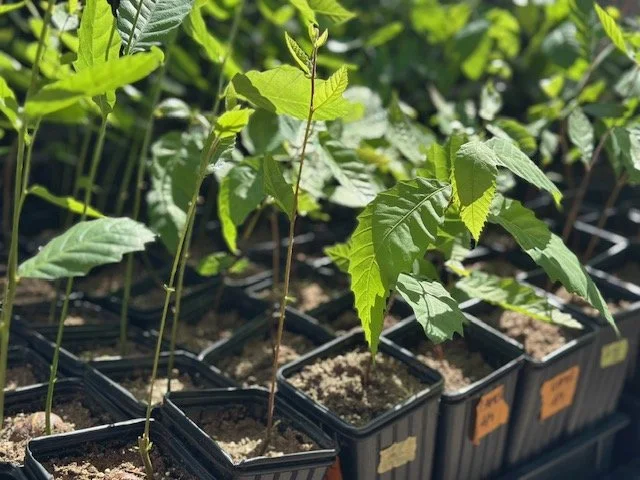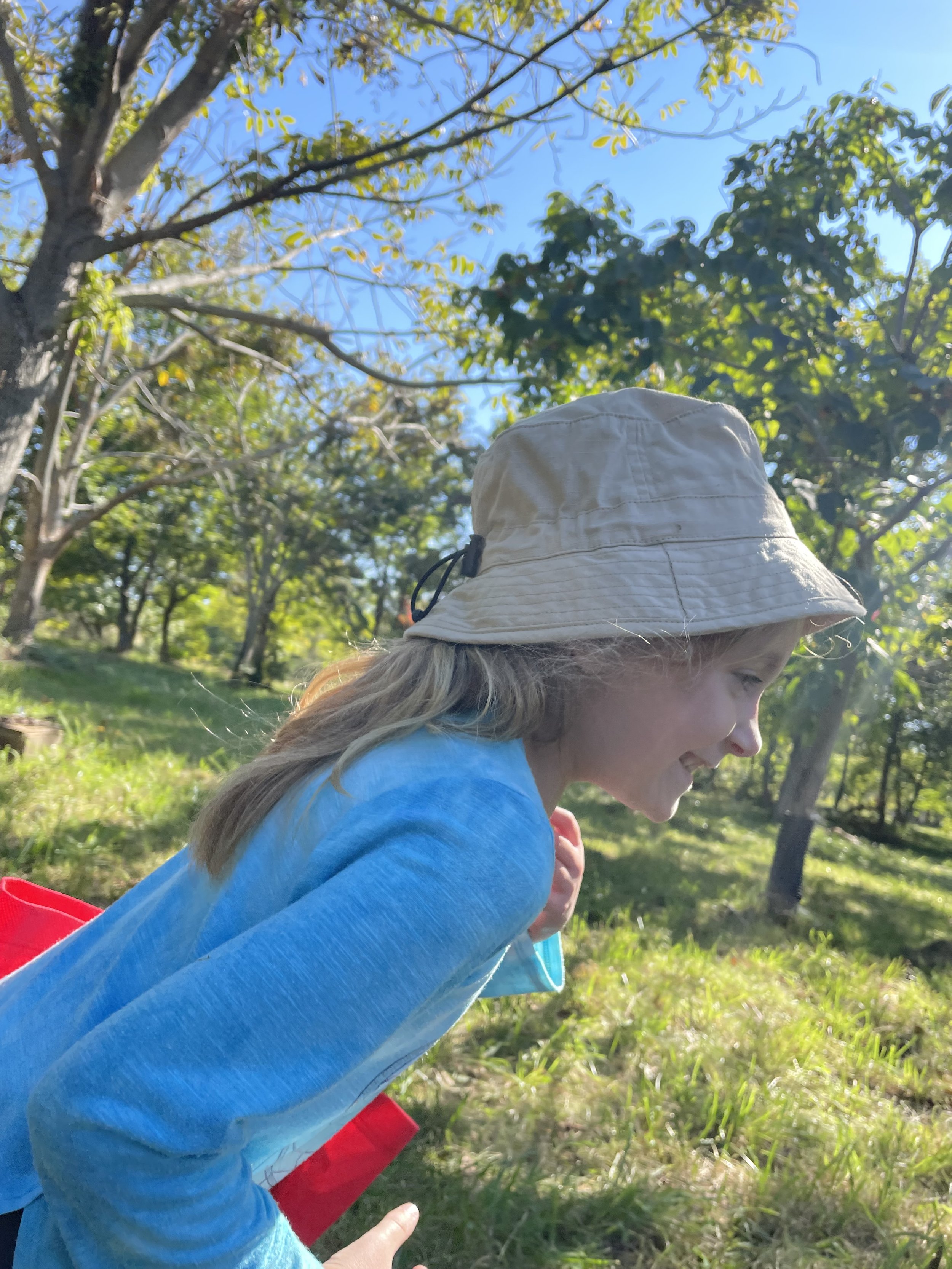
Chestnuts are Profitable, Sustainable, and in Demand!
-

3,500 lbs x $3.25 = $11,375 per acre
Chestnuts are an incredible commodity. They produce in abundance and sell at a high wholesale price - and a much higher retail price. And, they just get better with age.
One acre of mature chestnuts can produce about 3,500 lbs of chestnuts. If the wholesale price is a conservative $3.25 per lbs., that one acre will yield well over $10,000 per acre.
In roughly 20 - 25 year increments you’ll have to remove some trees. This will make room for your current trees and maximize their output.
(Note: The figure above assumes a fixed retail price of $7.00 per lbs. and a $3.25 wholesale price.)
-

A Generational Investment
If you’re like us, maybe you want an investment that will serve your children. A few acres of Chestnuts can be a wonderful opportunity for your kids to learn important skills and to generate a future revenue stream that can make several things in life just a little bit easier.
We did some calculations. If you had planted an acre of Chestnuts back in 1996, you would have been profitable by 2005 (probably a year or two earlier but this is a conservative forecast) and you would have “broken even” by 2008. After 2008 , your little acre would have averaged something around $8,000 per year in profit - yes, that’s profit not revenue. In total, by the end of last year, that one acre would have made you over $130,000 in profit - on just the wholesale price.
An acre of corn over that same time period would have produced a cumulative total profit (before subsidies) of….$131. Plant some chestnuts (and some paw paws and some hazels and more). Your kids will benefit from the work and the skills, and they’ll be grateful for the asset that matures right along with them.
-

A Nutritional and Sustainable Crop
Chestnuts, unlike almost all other nuts, are low in fat and calories but rich in complex carbohydrates. It’s a heart-healthy, shot of energy (and its sweet too)!
Chestnuts are great sources of starch, protein, and fiber. According to the Center for Agroforestry, one serving size contains: 4g of protein, 52g of carbohydrates , 10g of fiber, and a host of vitamins and minerals. These nuts are also low in fat, low in calories, and high in vitamin C and potassium.
The chestnut is also a remarkably efficient tree. An almond tree growing in California needs anywhere from 37” of water to 54” of water each year. In stark contrast, the Chestnut tree needs less than half of that (maybe 26” or slightly more). This makes the Chestnut tree the perfect choice for a drought-resistant tree (that also clearly likes heat).
